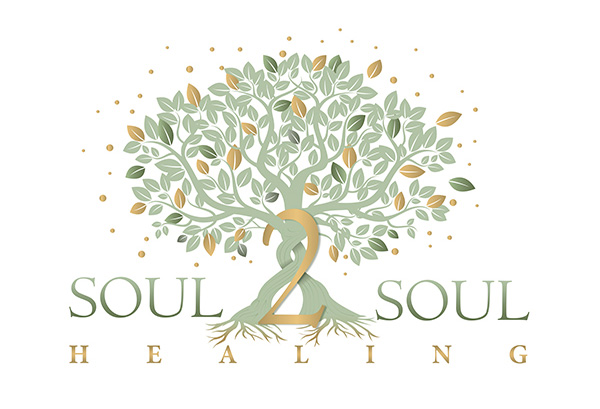Self-Care Practices for Teens to Support Their Mental Health
Dear community,
I hope you’ve been doing well since I’ve last written. I’ve been thinking a lot about how I prioritize self-care to boost my mental health, especially considering how important it is to me in my own life. I wanted to share some self-care practices for teens that have helped me along the way in hopes they might resonate with you too.
Prioritize Self-Care
First and foremost, I’ve learned to prioritize self-care. It’s not just about indulgence; it’s about recognizing when I need a break and giving myself permission to take it. Whether it’s reading a book, going for a hike, or simply enjoying a cup of tea in peace, these little moments of self-care recharge me and keep me grounded. My favorite practice is listening to music and my favorite artists.
Connect with Family & Friends
Staying connected has also been a big part of my mental health journey. I’ve found that reaching out to friends and loved ones, even when I don’t feel like it, can make a world of difference. Just knowing that there are people who care about me, and are there to listen, can be incredibly comforting.
Practice Mindfulness
Mindfulness has become a daily self-care practice for me. Whether it’s through meditation, deep breathing exercises, or simply taking a few moments to appreciate the present moment, mindfulness helps me stay centered and calm, even in the midst of chaos.
Mind Your Body
Taking care of my body is another essential aspect of my mental health routine. Eating well, staying hydrated, and getting regular exercise not only make me feel good physically but also have a huge impact on my mood and overall well-being.
Stick to Your Values
Setting boundaries has been a game-changer for me. Learning to say no to things that drain my energy or don’t align with my values has allowed me to prioritize my own needs and focus on what truly matters to me.
Find What Works For You
I hope these insights into self-care practices for teens based on my own journey with mental health and wellness resonate with you in some way. Remember, it’s all about finding what works best for you and being gentle with yourself along the way.
If you ever need someone to talk to or support in any way, reach out to the National Mental Health Hotline, offering free and confidential support for people in distress, prevention and crisis resources at (866)-903-378.
Need help prioritizing self-care to boost your mental health? Enter your information below to submit your request for a free consultation.
Contact Soul 2 Soul Healing Today to Schedule Your Free Consultation!

